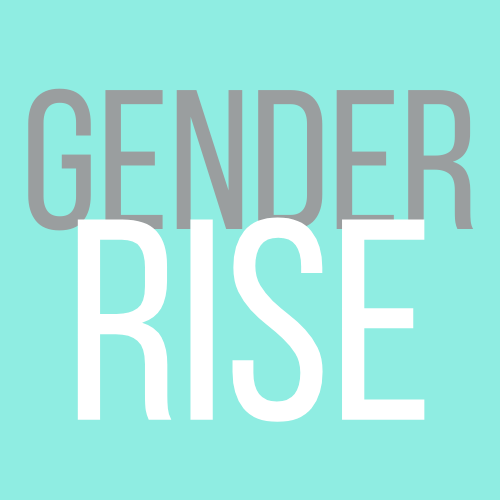How to Help Close the Gender Pay Gap by Promoting Gender Equality

The gender pay gap is a persistent and intricate issue that is gaining more and more attention in recent years. Globally, men earn on average 20% more than women, and in the UK the ONS determined the gap currently stands at 15.5%. Although different countries, companies and organisations take various actions to close these gaps, in 2018 the World Economic Forum predicted that at the current pace the global pay gap will take 202 years to eradicate. The disproportionate impact of the Covid-19 pandemic on women, and especially BAME women and LGBTQ, are posing additional challenges to this matter.
The statistical nature of the topic, the reality of clear numbers, forces us to have difficult conversations. This discussion ilumnate not just the cases of equal pay discrimination where a woman and a man are paid differently for the same work or for work of equal value, but more importantly it require us to talk about the social structures and norms that lead to indirect discrimination and ongoing disparities in income, and in some case bonuses, between men and women both on local and international levels.
And it is the later discussion, I believe, that will lead us to the solution. Closing the gender pay gap will require us to adopt a wider approach, move from reactivity to proactivity and promote gender equality. In other words, closing the gender pay gap requires closing the gender gap.
In order to know what kind of gender pay gap policies we need to put in place, let’s first talk about the main reasons for the gender pay gap and then explore what active steps companies and organisations can take to ensure significant advancement towards pay equality.
At Gender Rise, we see the gender pay gap as steaming from two key issues. The first being that men occupy the majority of senior positions in companies and organisations, therefore their high salaries are tilting the gender pay divide in their favor. And Second, the socialisation towards gendered professions and the fact that professions that are mostly occupied by women such as teaching, administration, care and retail, often are compensated with lower salaries, in comparison to occupation in the STEM and finance professions, who have higher salaries and are mostly occupied by men. These two key factors are then influenced by two additional issues – part-time positions and bonuses, creating a matrix of which, more often than not, women occupy the lower rank, lower paid, part time positions, and the receivers of significantly lower work bonuses.
As a result, policies to reduce gender pay gap can focus on hiring and promoting more women to senior positions, and invest in encouraging young women to study and maintain careers in the STEM and finance professions (as well as incentivising young men to do the opposite). In order to do so, we need to break down and analyse the gendered power dynamics that are preventing women from doing so at equal rate.
The three key issues that are preventing women from advancing their career and reaching senior positions are care responsibilities, gender based biases and sexual and other gender-based harassment, especially in the STEM professions.
To address care responsibilities, company policies can focus on encouraging men to be equal carers for their children and create flexible senior part time and job share positions to support both men and women who are parents to young children or caring for an elderly family member.
To address biases against women, companies can standardise their promotion and recruiting processes, by for example administering a gender quota for final candidates, ensuring gender balanced interview panels, conduct bias training on this topic and have a clear set of questions to ask all interviewees.
To address sexual and other gender-based harassment, companies must adopt a zero tolerance approach with anonymous, and transparent reporting mechanisms adhering to international standards.
Finally, and most importantly, Gender Rise encourages and supports our clients in creating measurable gender goals to be able to evaluate, monitor, and celebrate progress. With regards to gender pay gap, companies can collect gender segregated data on recruitment, promotion, salaries, bonuses and sexual harassment so that progress is made and accountability is established. Our gender consultancy supports committed companies and organisations in closing their gender pay gap by becoming leaders of gender equality and diversity in their industry and beyond, and ensuring that this task takes much less than 202 years.



